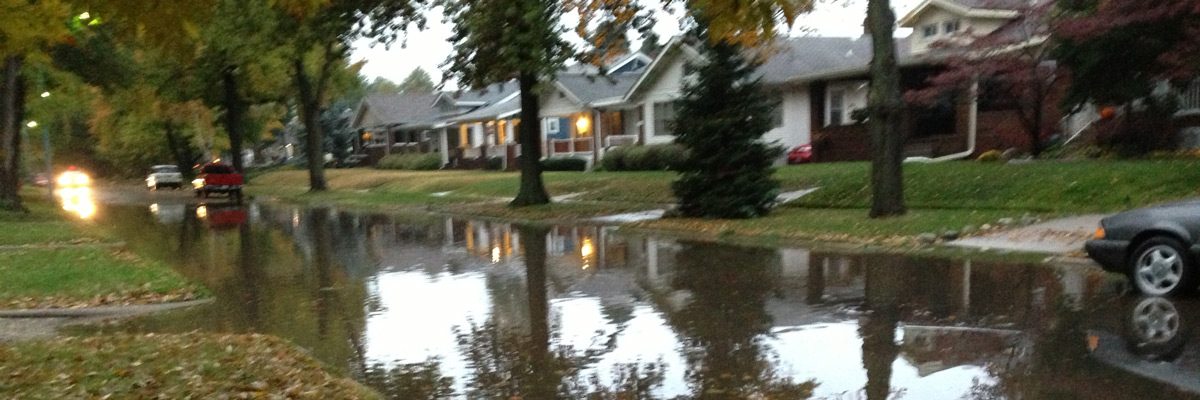I could post a lot of things, like the burning oil rig or the price of gasoline, but this year I think it is important to remember the past. We also need to think about how far we have come but how far we need to go.
http://news.yahoo.com/s/huffpost/20100421/cm_huffpost/536130
The History Of Earth Day Plus How You Can Get Involved
On April 22, the 40th anniversary of Earth Day will be celebrated from coast-to-coast; a day which was first realized by Wisconsin Senator Gaylord Nelson who wanted to find a way to increase environmental awareness and to promote urgently needed federal legislation to deal with an alarming ecological crisis.
It wasn’t until visiting Santa Barbara Calif in August, 1969, and reading about the popularity of “teach-ins” at college campuses as way of educating students about the Vietnam War that an idea caught hold in Nelson’s head to hold a similar “teach-in” only with a focus on environmental awareness.
Since the first Earth Day was held on April 22, 1970, when a chorus of demonstrators around the nation (some 20 million strong) voiced their concerns about the environment, specifically about the pollution of air and water, that a significant amount of federal legislation was passed to protect the environment.
Nelson, who was the recipient of the Presidential Medal of Freedom in 1995 by President Bill Clinton, the nation’s highest civilian honor, died at his Bethesda, Md home on July 3, 2005 at the age of 89.
What follows are summaries of some of the most important federal legislation that was passed during the 1970’s, thanks in large part, to Sen. Nelson and his grassroots environmental movement.
• The Environmental Protection Agency was created on December 2, 1970, in response to the nationwide concern over environmental pollution. The newly formed agency was responsible for consolidating a variety of federal research, monitoring, standard-setting and enforcement activities under a single regulatory agency to protect health and safeguard the natural environment, including air, water, and land
• The Clean Air Act of 1970 is a comprehensive federal law, which required the EPA to set National Ambient Air Quality Standards (NAAQS) to protect against common pollutants, including ozone (smog), carbon monoxide, sulfur dioxide, nitrogen dioxide, lead, and particulate soot.
The Act was subsequently amended in 1977 and 1990 to set new goals for achieving NAAQS. In particular, the phasing out of lead gas by the mid-1980’s, was hailed by many as one of the most important health initiatives of the 20th century. Additional amendments to the Clean Air Act in 1990 included the controlling of acid rain and the elimination of leaded gas in automobiles by the end of 1995.
Despite repeated violations of basic health standards, leaving millions of Americans at risk, important progress has been made since the Act was passed, including the reduction of emissions of toxic by 98 percent, the reduction of emissions of sulfur dioxide by 35 percent, and the reduction of emissions of carbon monoxide by 32 percent
:}
There is much more. Please read the whole article and then buy the Whole Earth Catalog.
:}

